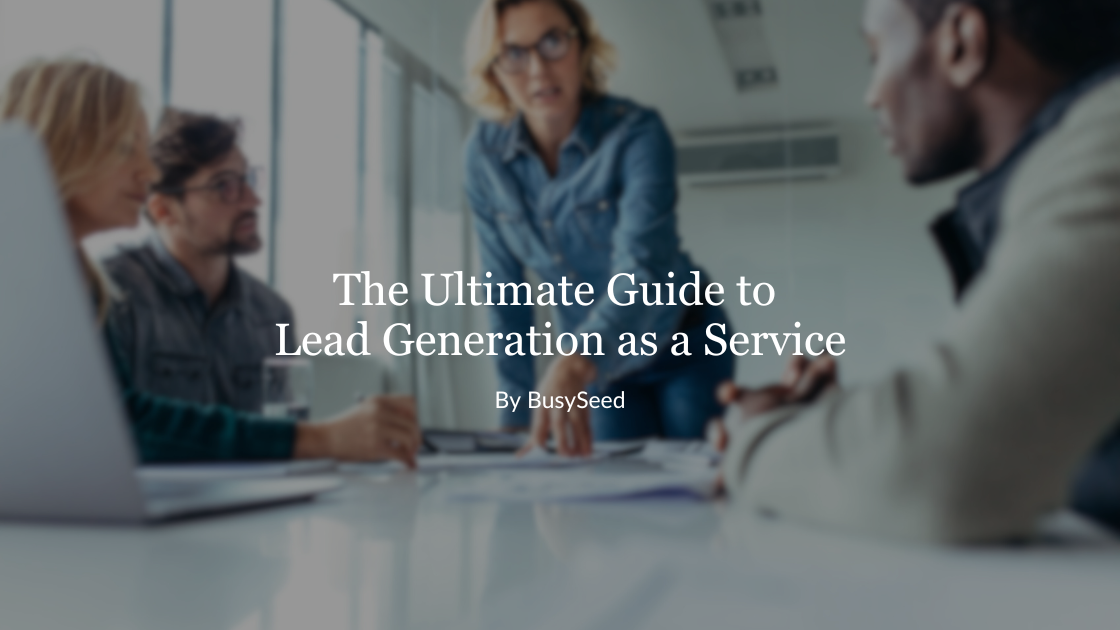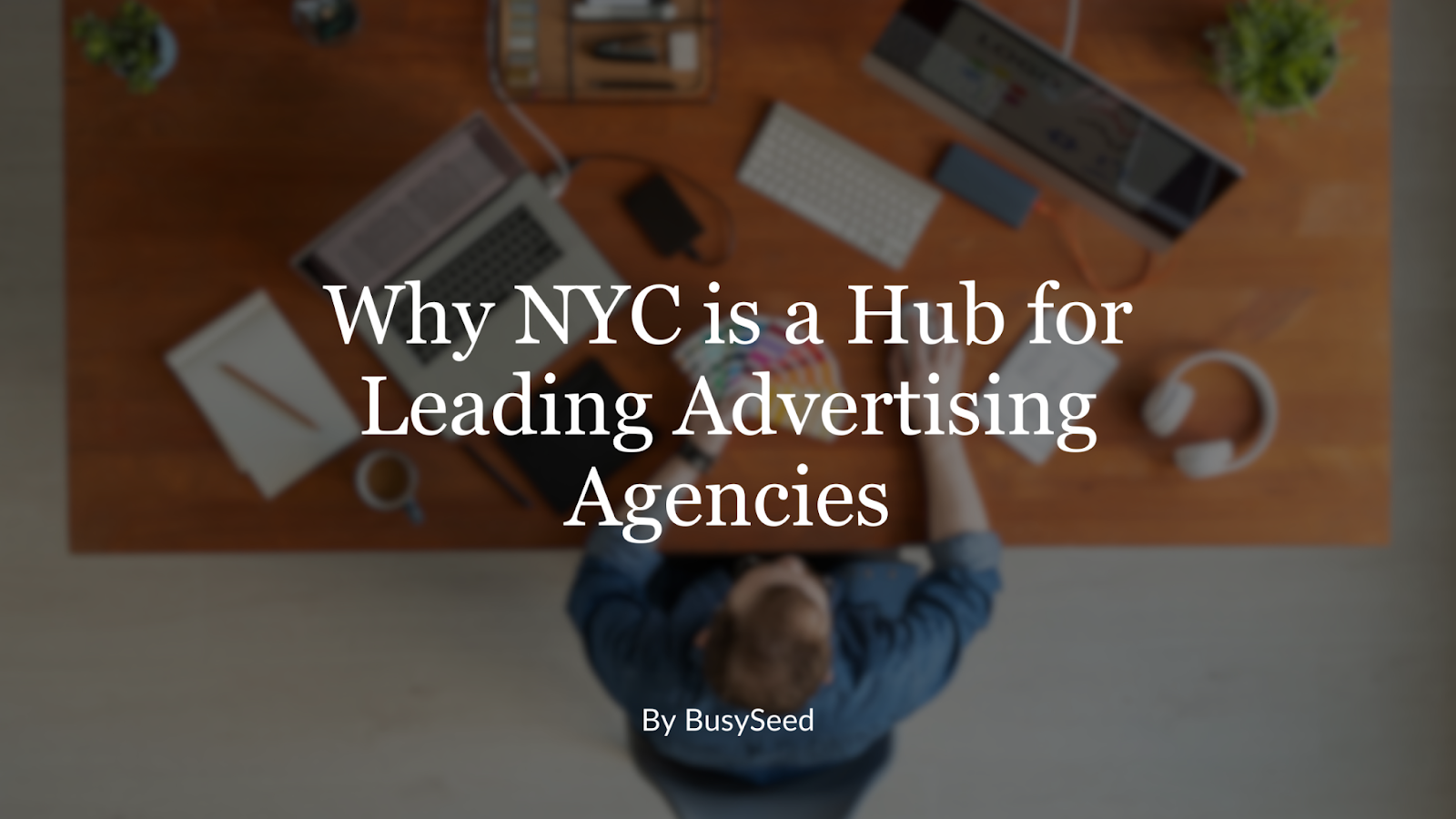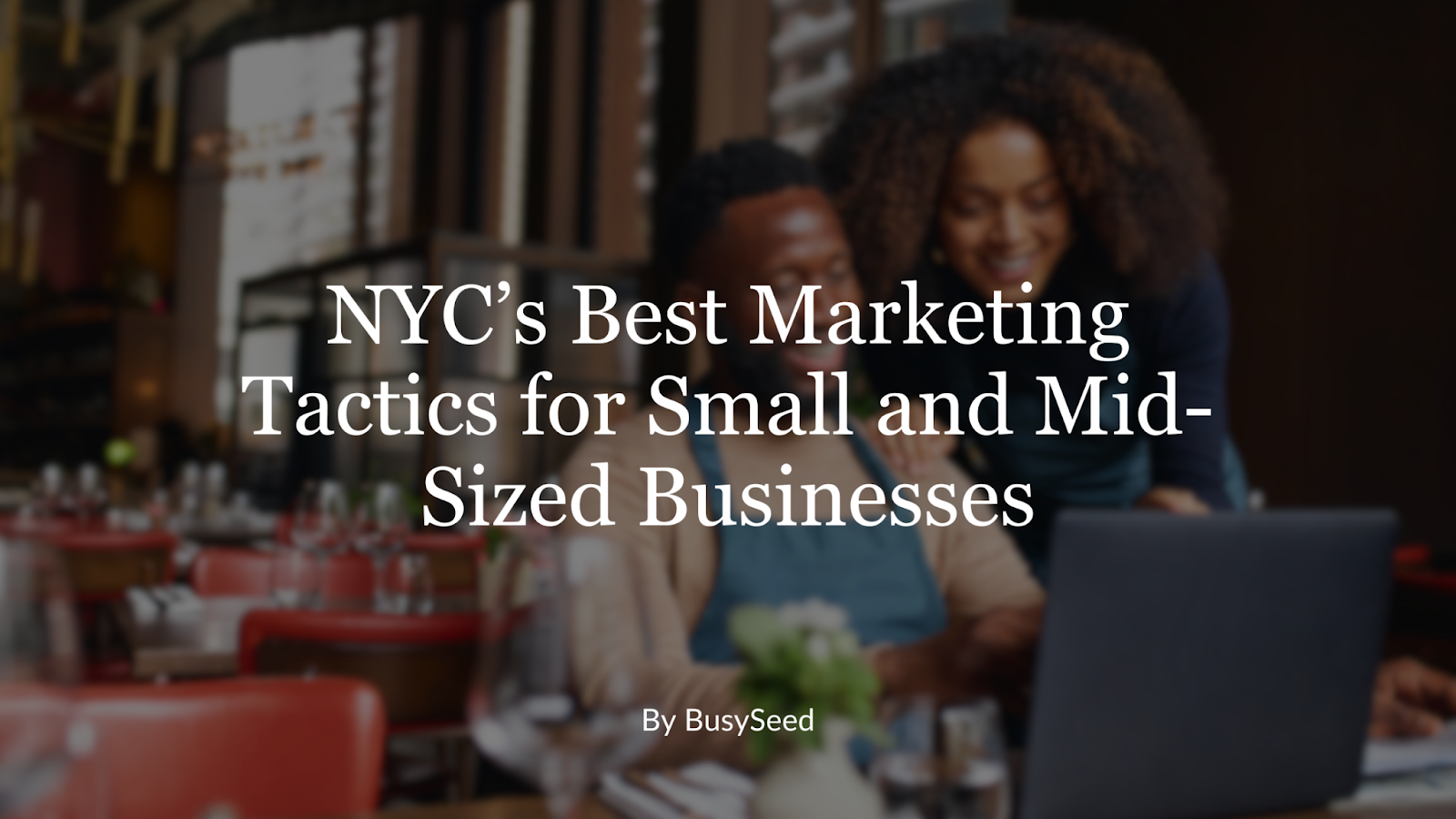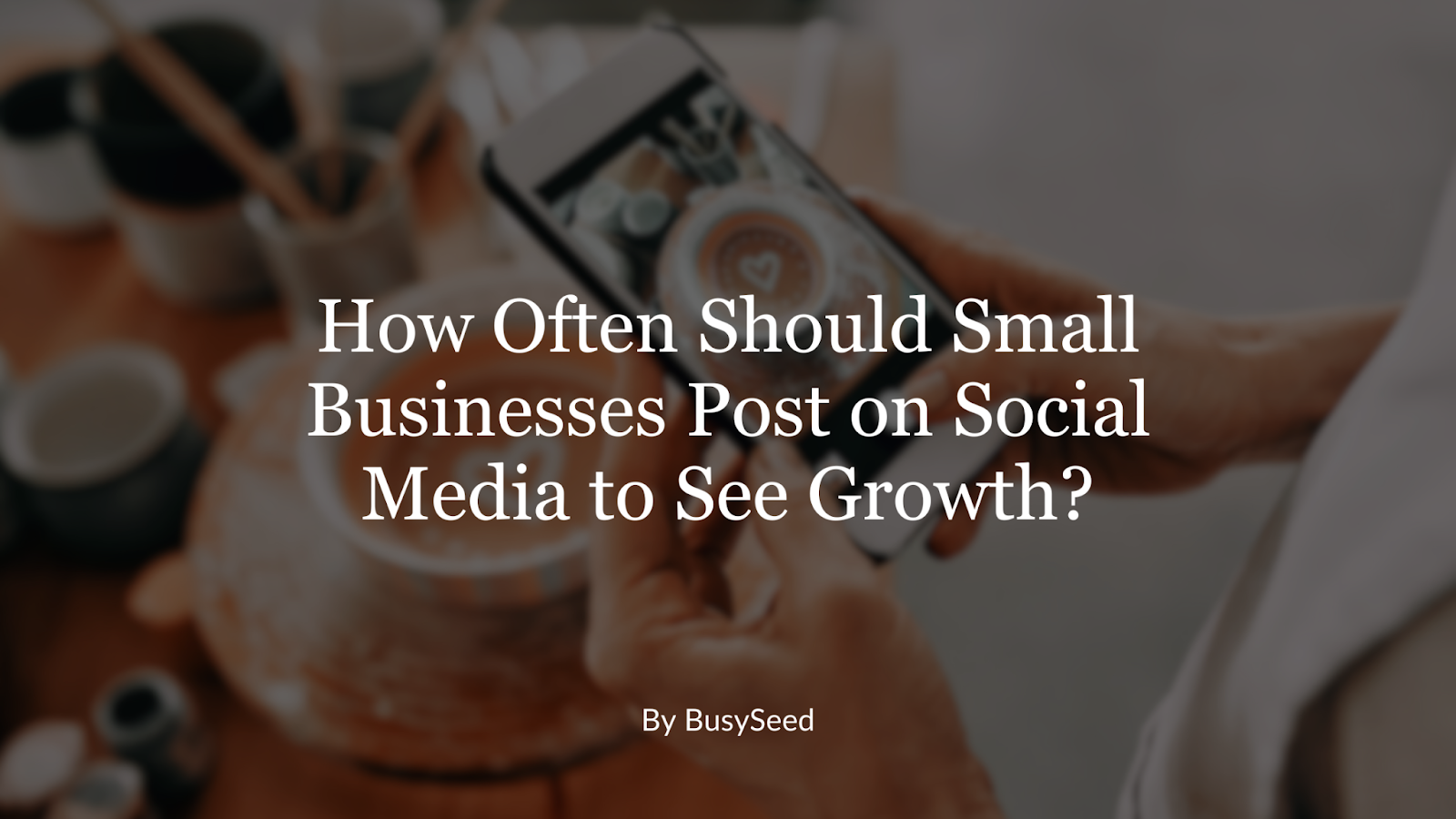Email Segmentation Secrets: The Art of Sending the Right Message
Go beyond basic demographics and delve into advanced email segmentation techniques. Explore how to segment based on behavior, interests, purchase history, and engagement levels. Provide examples of effective segmented campaigns and the tools to make it happen.
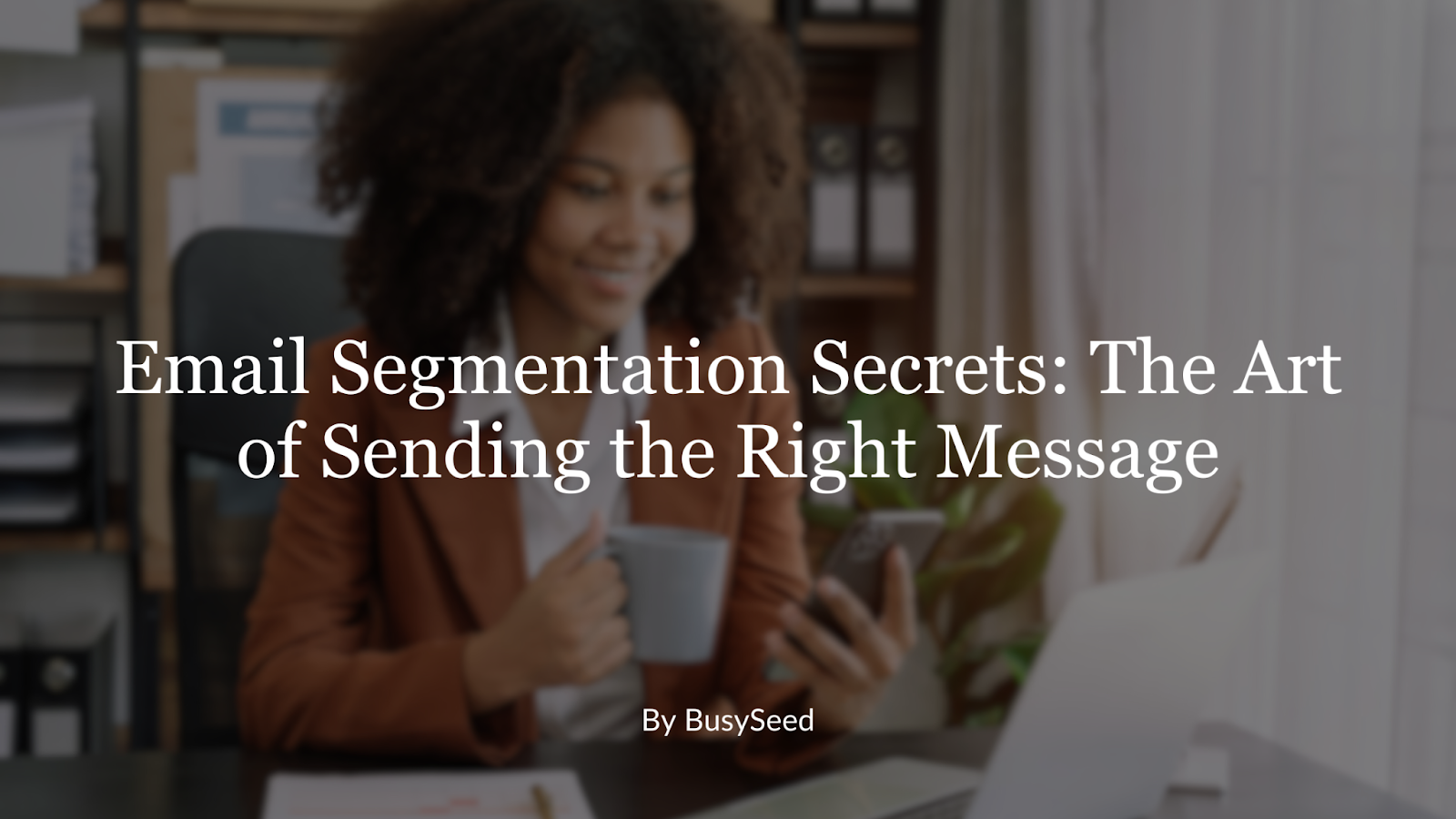
Email Segmentation Secrets: The Art of Sending the Right Message
In email marketing, sending the same message to your audience leads to poor engagement. Your customers have different needs, behaviors, and interests, so why treat them all the same? Mastering best practices for email list segmentation ensures that the right message reaches the right person at the right time, increasing engagement, conversions, and customer loyalty.
This guide will detail email list segmentation best practices and showcase real-world examples of businesses that have excelled in how to segment your email list.
Why Email Segmentation Matters
Email segmentation isn’t just dividing your audience by age, location, or gender—it goes much deeper. Studies show segmented emails generate 760% more revenue than non-segmented campaigns (Campaign Monitor). Leveraging the power of segmentation allows businesses to send hyper-relevant messages that resonate with recipients and inspire action.
Key Benefits of Email List Segmentation Best Practices:
- Higher Open and Click-Through Rates – Personalized emails see 29% higher open rates and 41% higher click rates (HubSpot).—have
- Improved Customer Retention – Delivering relevant content builds trust and keeps customers engaged.
- Increased Conversions – Sending timely, behavior-based emails can move prospects down the funnel faster.
Now, let’s explore how to segment your email list beyond basic demographics.

How to Segment Your Email List: Advanced Strategies That Drive Revenue
To maximize the power of email marketing automation, segmentation should be dynamic and based on fundamental customer interactions. Here are some email list segmentation best practices that can transform your email marketing campaigns:
1. Segment by Behavior & Engagement Level
Behavioral segmentation is a powerful technique that categorizes contacts based on their interaction with your brand.
Segments to Create:
- Active Subscribers: Users who open emails consistently (target them with exclusive offers).
- Inactive Subscribers: Subscribers who haven’t engaged in 60+ days (send a re-engagement email).
- Cart Abandoners: People who added items to their cart but didn’t complete the purchase (reminder emails with discounts work well here).
- Frequent Buyers: Loyal customers who make repeat purchases (VIP loyalty perks and early access to sales).
Example in Action:
An NYC marketing firm running an eCommerce campaign can use behavior-based segmentation to send abandoned cart emails within 24 hours, offering a 10% discount or free shipping to nudge the shopper toward checkout. The firm can then offer
2. Segment by Purchase History
Another crucial best practice in email segmentation is categorizing leads based on their past purchases. This helps create more relevant upsell or cross-sell opportunities.
Segments to Create:
- First-Time Buyers: Welcome new customers with an onboarding sequence.
- Repeat Customers: Reward loyalty with exclusive promotions.
- Product-Specific Segments: Recommend complementary products based on past purchases.
Example in Action:
A fashion retailer using advanced email segmentation could follow up with customers who recently bought running shoes by suggesting performance socks or workout gear.
3. Segment by Customer Interests & Preferences
Personalization thrives when businesses truly understand customer preferences.
Segments to Create:
- Content Preferences: Some subscribers prefer blog content over promotional emails.
- Product Categories: Segment based on customers’ favorite product lines.
- Event Attendees: Send tailored follow-ups to individuals who attended a past event.
Example in Action:
An NYC marketing firm specializing in email marketing automation could offer industry-specific insights by tailoring content based on the subscriber’s niche (e.g., real estate agencies receiving “Top Email Marketing Strategies for Realtors”).
4. Segment by Lifecycle Stage
How you communicate with leads at different funnel stages should vary significantly.
Segments to Create:
- Leads & New Subscribers: Guide them with educational content and welcome emails.
- Warm Prospects: Send case studies and personalized offers to encourage conversion.
- Existing Customers: Nurture relationships through loyalty programs and referrals.
Example in Action:
Segmenting early-stage leads for a B2B SaaS company ensures they receive value-driven content before pushing for sales. At the same time, repeat customers might get renewal discounts or special access to new features.
5. Utilizing Email Marketing Automation for Smart Segmentation
Advanced segmentation requires the right tools to implement effectively. Here are some email marketing automation software solutions businesses can leverage:
Top Tools for Email List Segmentation:
- HubSpot – Best for B2B automation and CRM-powered email segmentation.
- Klaviyo – Ideal for eCommerce brands looking to personalize marketing emails.
- ActiveCampaign – Great for behavioral-based automation flows.
- Mailchimp – Beginner-friendly and flexible for segmenting based on engagement.
Businesses can save time by automating segmentation while ensuring emails are tailored for maximum impact.
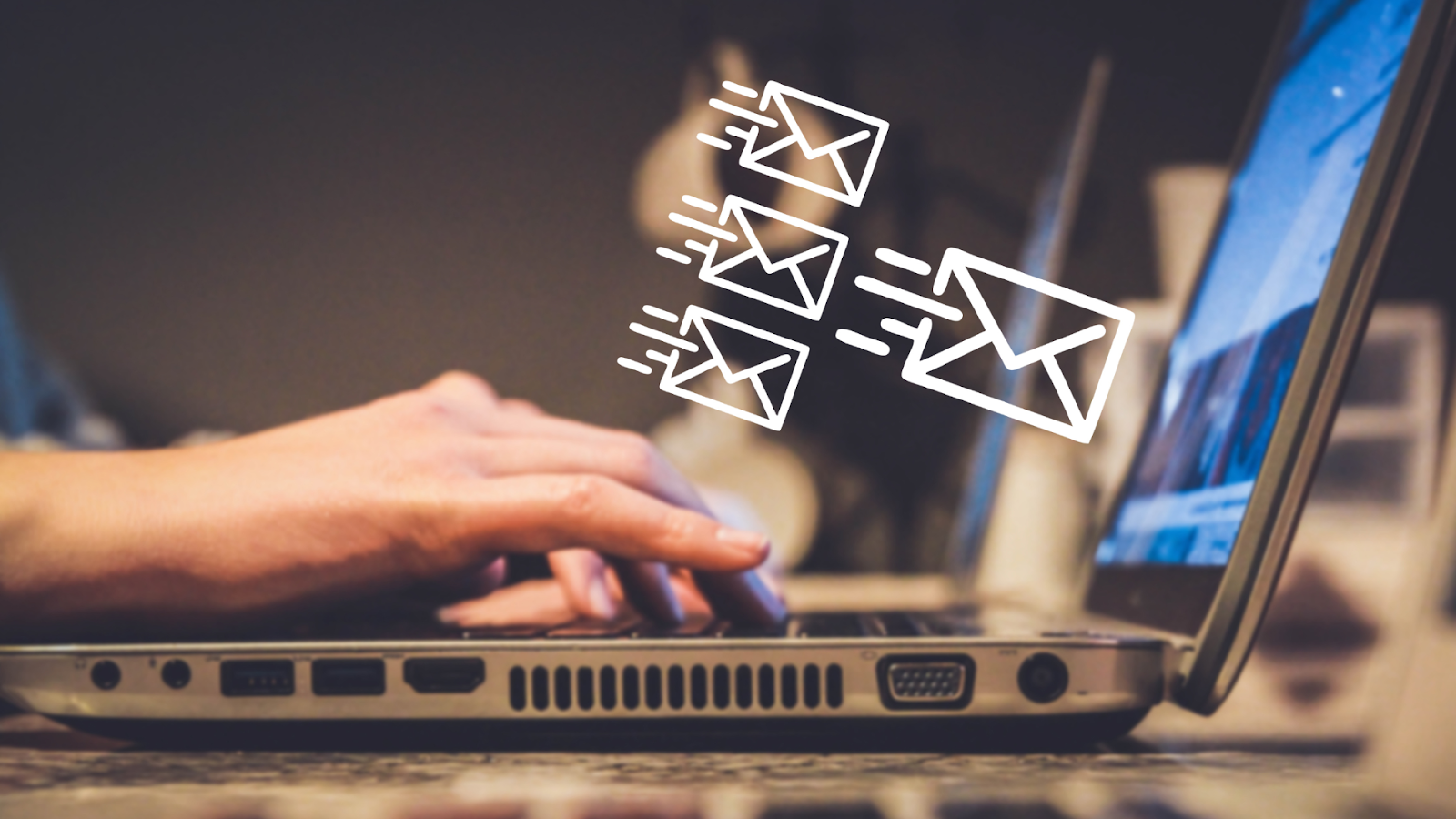
Real-World Example: A Segmentation Success Story
One of the top NYC marketing firms worked with a fast-growing DTC skincare brand struggling to improve its email conversions. By implementing personalized segmentation strategies, the firm helped them:
- Segment users by skin type (oily, dry, combination).
- Tailor email content based on concerns (wrinkles, acne, hydration).
- Offer exclusive product recommendations post-purchase.
The result?: A 36% increase in email-driven sales within 90 days.
Email Segmentation Best Practices: Final Takeaways
- Go Beyond Demographics – Leverage behavior, purchase history, and engagement levels.
- Use Dynamic Segments – Continuously update lists based on real-time actions.
- Personalize at Scale – Automation tools ensure tailored emails go out precisely when they matter most.
- Test & Optimize – A/B test different segment strategies to determine what drives conversions.
By implementing advanced email segmentation, businesses can cultivate meaningful connections and drive measurable revenue growth—exactly what we specialize in at BusySeed.
Ready to Elevate Your Email Marketing? Let’s Talk.
At BusySeed, one of the top NYC marketing firms, we help businesses unlock the full power of email segmentation to increase engagement and sales. If you’re ready to take your strategy to the next level, we’re here to help.
Schedule a free consultation to discuss email segmentation with one of the top NYC marketing firms.
Contact BusySeed today
to start optimizing your email campaigns for better business growth!
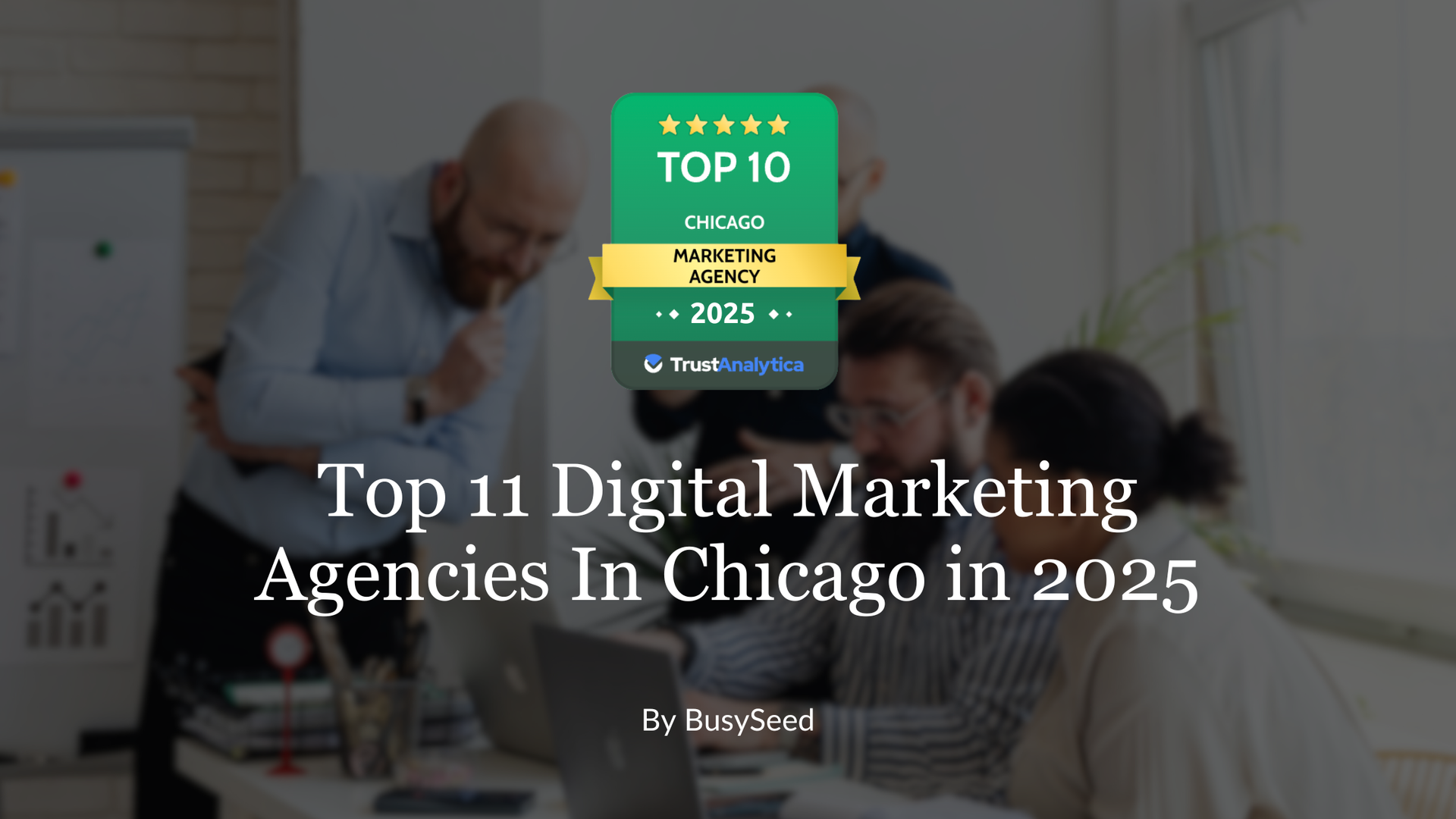
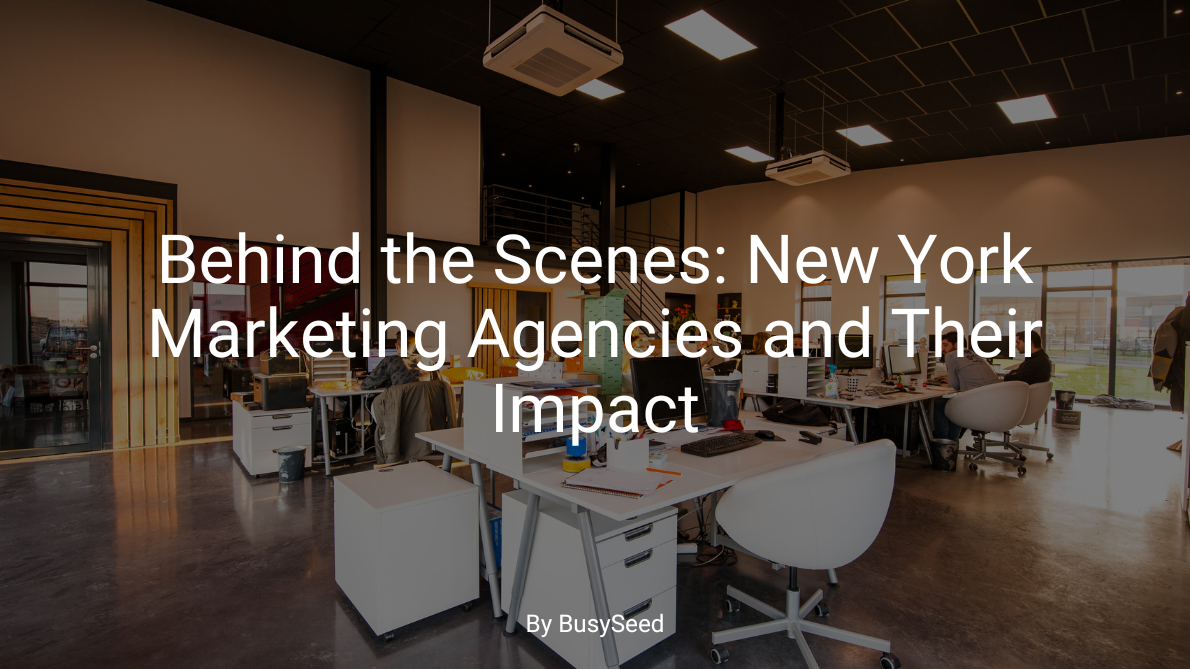

 Forms? Rethinking Your B2B Lead Capture in a Post-Form World"." onerror="handleImageLoadError(this)"/>
Forms? Rethinking Your B2B Lead Capture in a Post-Form World"." onerror="handleImageLoadError(this)"/>